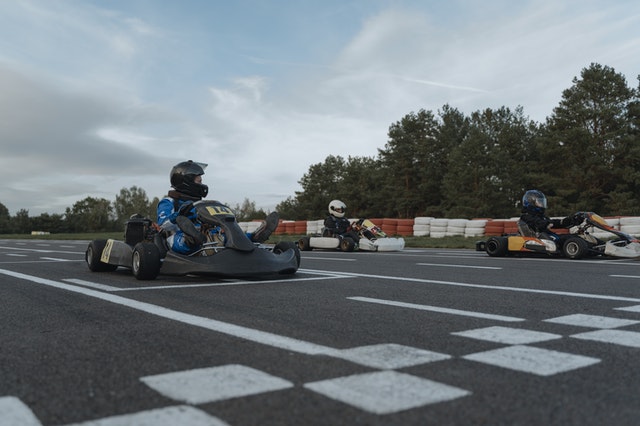
You’ve spent the long winter months going over your car with a fine-tooth comb. Your roll cage is stronger than a dog’s breath, your seat is bolted to the chassis so firmly it’d similarly be set in concrete, and you finally sprung for that full-face helmet. you have got all of your bases covered-but what about the factors out of your control? Your car could also be as safe as possible, but how safe are the cars of the competitors you race with, and the way safe is that the track you race on? You will think you’ve got no control over the security procedures and infrastructure at your local track, but in an exceedingly way, you do: Find someplace else to race. It’s going to seem drastic, but it beats an unnecessary injury, or worse.
To help you gauge how safe your track is, Circle Track has put together some tips for belongings you should seek for the following time you go racing. But first a warning: like everything else in life, there are not any absolutes. Racing is dangerous and irrespective of how safety conscious a track is, injuries will occur.
Retaining Walls
Are there barriers to keeping you on track? Concrete walls are generally considered safer than Armco (formed metal barriers that you just normally see on roadsides) because concrete won’t bounce your car backpedal the track and into traffic. The wall should even be taller than your car’s center of gravity to stay the car from flipping over the it-a good rule of thumb is to create sure it reaches the window sill on the door. Also, check to form sure it’s smooth with nothing for your car to catch on and perpendicular to the angle of the track. Some tracks are open on three sides with the sole wall separating the cars from the fans on the front stretch. These are fine-just confirm there’s nothing to hit if you are doing fly off the track. Also, hunt for any abutments or places where your car can hit the top of a wall. These are usually tracked entrances and therefore the entrance to the pit road; usually, they need to be angled removed from traffic in order that it requires a freak series of events to form your car hit it head-on. Regardless, any wall abutments should be buffered by water barriers, styrofoam blocks, or another guard. Gates should also overlap the walls and not protrude onto the track or offer anything for your car to catch on, must you scrub it.
Track Surface
Many tracks are slick, but that does not necessarily make it dangerous unless the drivers aren’t prepared to handle it. What you ought to have a look at is the track’s surface. If it’s asphalt, are there potholes that would cause you to lose control? With dirt, hunt for holes or ruts that may throw you off your line or another racer into you. Slick is your responsibility to handle; smooth is that the track’s responsibility.
Lights
Most tracks are simple when it involves protecting cars from light poles, but the standard of sunshine is another story. If your track races at midnight, are there dark or bright spots on the track that make it difficult to gauge what other racers are doing? Glare can even be a controversy when lights are poorly placed or aimed. A properly designed lighting system will offer consistent lighting all the way around the track and can eliminate glare. Lights should hit the track from above and slightly behind the car (there must always be a little shadow before you).
Safety Crews
Accidents happen, especially in racing where everybody is competing at their absolute limits. If you race long enough, there’ll come a time once you will rely upon the track’s safety crews. ensure the track has lots of safety personnel-if it’s like there are too many, then that ought to almost get laid. Safety crews should be stationed in both turns; if something goes wrong, you do not want them to own to run from one side of the track to the opposite to urge you. There should be an ambulance somewhere on the infield, and it should be ready to reach you at any spot on the track without having to spend an excessive amount of time weaving through infield traffic. If the ambulance must take you to the hospital, it must be able to exit the track quickly without having to attend for fans to maneuver their cars because they blocked the exit road.
The Rules
You may be on top of things in your car, but what about everyone else? you cannot control the behavior of each driver out there, but the track can. Track rules should be posted in an exceedingly public location to create it easier to resolve disputes about behavior. Your speedway may have a no-bumping rule, but it does no good unless its competitors are given an honest reason to follow it.



